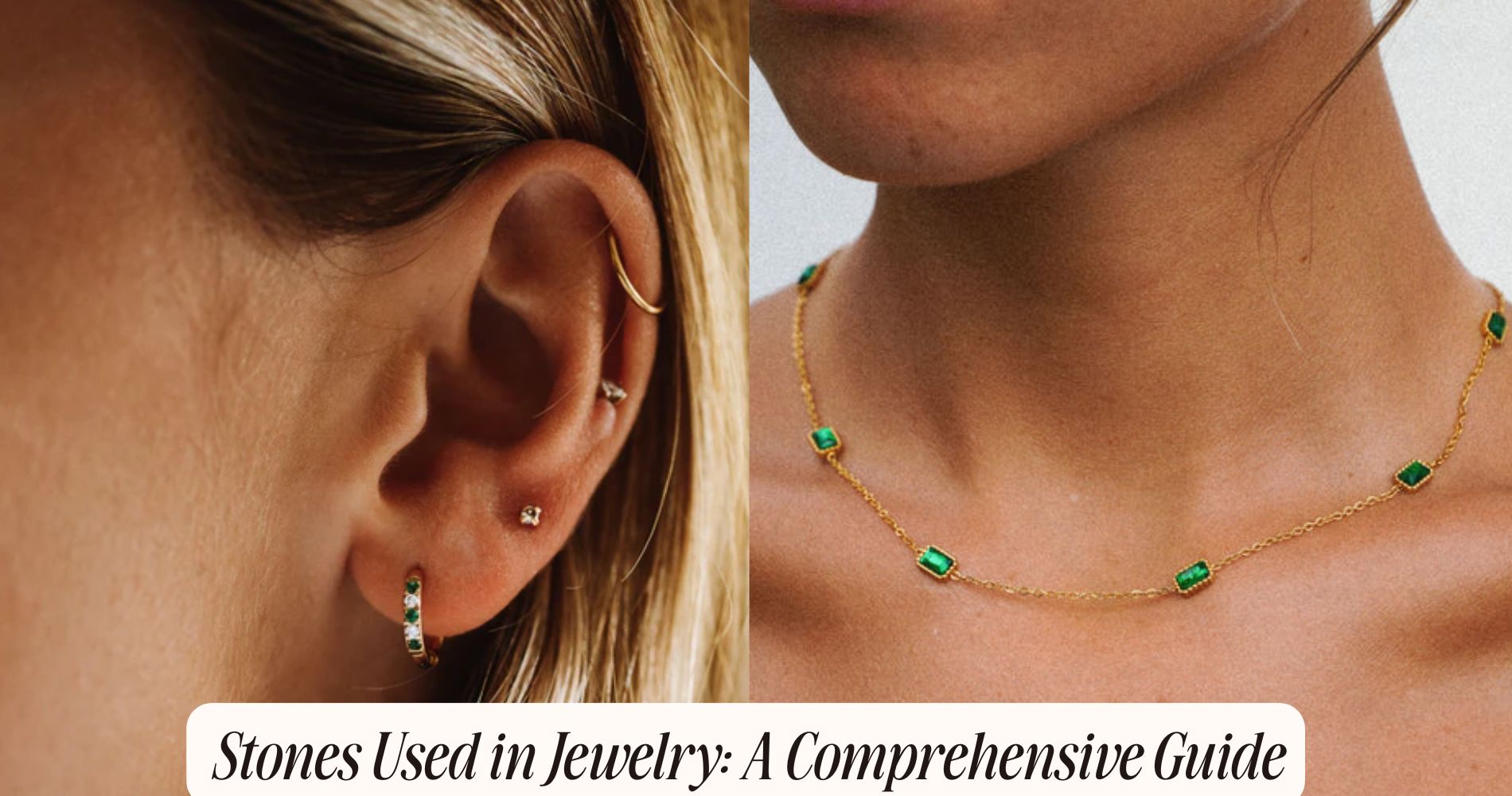
Stones Used in Jewelry: A Comprehensive Guide
Overview of Gemstones
Gemstones, formed over millions of years through geological processes, possess unique characteristics that influence their value and appeal in jewelry design.
You'll find that gemstones are broadly classified into two categories: precious and semi-precious stones. However, within these classifications, numerous factors such as color, clarity, cut, and carat weight determine their overall desirability.
Moreover, the presence of gemstone treatments plays a significant role in altering a stone's appearance and enhancing its value. Common treatments include heating, which improves color, and oiling, which enhances clarity. Understanding these treatments is essential for discerning the quality of a gemstone; untreated stones generally command higher prices due to their natural state.
You should also be aware that some gemstones undergo more complex treatments, like fracture filling or radiation exposure, which can affect their durability and long-term value.
As you navigate the world of gemstones, recognizing these classifications and treatments will empower you to make informed decisions, ensuring you acquire pieces that not only captivate but also retain their worth over time.
Precious Vs. Semi-Precious Stones
When you explore the world of gemstones, understanding the distinction between precious and semi-precious stones is essential.
Precious stones, like diamonds and sapphires, possess unique characteristics that contribute to their higher value and rarity.
In contrast, semi-precious stones, while still beautiful, typically lack the same level of scarcity and prestige, leading to a different market valuation.
Definition of Precious Stones
In the world of jewelry, the distinction between precious and semi-precious stones hinges on factors like rarity, quality, and cultural significance. Precious stones typically include diamonds, rubies, sapphires, and emeralds, known for their superior characteristics and market value. These gemstones are classified based on their inherent qualities, which encompass color, clarity, cut, and carat weight.
Gemstone classifications are essential because they help you understand why certain stones command higher prices and are considered more desirable. For instance, diamonds aren't only rare but also possess exceptional hardness, making them ideal for everyday wear. In contrast, semi-precious stones, while still beautiful, usually lack the same level of rarity or durability.
Furthermore, gemstone treatments can greatly influence a stone's classification. Treatments like heat treatment or irradiation can enhance a stone's appearance, potentially affecting its classification and value. For example, heat-treated sapphires may look more vibrant, yet their treated status must be disclosed in the market.
Understanding these distinctions will deepen your appreciation for the choices you make in jewelry, ensuring you select stones that resonate with your personal style and values.
Characteristics of Semi-Precious
Understanding the characteristics of semi-precious stones enhances your ability to appreciate their unique qualities and how they differ from their precious counterparts.
Semi-precious stones, while often overlooked, possess a rich diversity of color variations that can add depth and interest to your jewelry collection. These stones range from the vibrant hues of amethyst and citrine to the earthy tones of agate and jasper, showcasing nature's artistry in every piece.
In addition to their aesthetic appeal, semi-precious stones are often celebrated for their purported healing properties. Many believe that these stones can promote emotional balance, physical healing, and spiritual growth. For instance, turquoise is thought to foster communication and self-expression, while rose quartz is associated with love and compassion.
Unlike precious stones, which are defined by their rarity and specific characteristics, semi-precious stones can be more accessible, allowing you to experiment with different styles and meanings without breaking the bank.
This accessibility, combined with their stunning color variations and potential healing properties, makes semi-precious stones a valuable addition to your jewelry repertoire.
Value and Rarity Comparison
The value and rarity of precious stones, such as diamonds and emeralds, markedly overshadow that of semi-precious stones like amethyst and garnet, primarily due to their limited availability and higher demand in the luxury market.
When you assess the valuation methods for these stones, you'll find that precious stones often undergo rigorous certification processes, which include grading based on the Four Cs: cut, color, clarity, and carat weight. These standards establish a clear framework for their worth.
Rarity factors play a vital role as well. Precious stones are typically formed under specific geological conditions that aren't only rare but also time-consuming. For example, diamonds can take billions of years to form, while semi-precious stones are generally more abundant and can be sourced from multiple locations around the globe.
This disparity leads to a significant price difference, as investors and collectors tend to favor the rarity and perceived prestige of precious stones.
Consequently, when you're evaluating the worth of a stone for jewelry, remember that understanding these valuation methods and rarity factors can help you make informed decisions.
Popular Gemstones in Jewelry
Several gemstones stand out as favorites in the world of jewelry, each offering unique characteristics and allure that captivate buyers. Diamonds, known for their brilliance, symbolize strength and eternal love. Rubies, with their deep red hues, are often associated with passion and vitality. Sapphires, typically blue but available in various colors, symbolize wisdom and nobility. Emeralds, celebrated for their lush green tones, represent rebirth and fertility.
While these gemstones are beloved for their aesthetics, it's crucial to recognize some gemstone myths surrounding them. For instance, many believe that wearing specific stones can enhance one's healing properties or even offer protection. While these claims are appealing, they lack substantial scientific backing. However, some individuals report personal benefits from wearing particular gemstones, attributing these effects to psychological factors rather than inherent qualities.
In selecting a gemstone, consider your personal connection to its attributes and history. Whether you gravitate towards the classic allure of diamonds or the vibrant energy of emeralds, understanding their significance can enhance your appreciation and choice in jewelry.
Unique Properties of Gemstones
Exploring the unique properties of gemstones reveals fascinating aspects that influence their value, appeal, and applications in jewelry design. Each gemstone possesses distinct characteristics, such as hardness, clarity, and brilliance, which determine its desirability. For example, diamonds, with a hardness of 10 on the Mohs scale, are prized for their durability and sparkle, making them ideal for engagement rings.
Beyond physical attributes, gemstones also carry profound meanings and symbolism. Color symbolism plays an essential role in this scenario; for instance, blue sapphires are associated with wisdom and loyalty, while green emeralds symbolize rebirth and love. These associations can enhance a gemstone's allure, attracting buyers who resonate with these meanings.
Moreover, many people believe in the power of gemstone healing. Certain stones, like amethyst and rose quartz, are thought to promote emotional balance and spiritual growth. This belief adds an additional layer of value, as individuals seek out specific stones for their purported healing properties.
The Significance of Birthstones
Birthstones hold deep cultural and personal significance, often representing the month of a person's birth and carrying unique meanings that resonate with individual identities. Each birthstone is linked to specific birthstone traditions, which have evolved over centuries, reflecting the beliefs and customs of various cultures. For instance, in ancient times, people believed wearing a birthstone could bring good fortune and protection.
Astrological associations further enhance the significance of these gemstones. Each stone is thought to correspond with particular astrological signs, influencing personality traits and life paths. For example, those born in April often wear diamonds, symbolizing strength and clarity, while those born in June might choose pearls, representing purity and wisdom.
Incorporating your birthstone into personal jewelry not only personalizes your style but also connects you to a rich tapestry of history and tradition. By wearing your designated stone, you embrace its meanings and the energies it embodies, fostering a sense of identity and belonging.
Consequently, understanding the significance of birthstones allows you to appreciate how they influence not only aesthetics but also personal expression and cultural heritage.
Gemstone Care and Maintenance
Caring for your gemstones is vital to maintaining their beauty and longevity, guaranteeing they continue to sparkle and reflect your personal style. To achieve this, you'll need to adopt effective cleaning techniques. For most gemstones, a gentle solution of warm water and mild soap works wonders. Use a soft brush to remove dirt and grime, but steer clear of harsh chemicals that can damage the stones. For particularly delicate gems, consider using a microfiber cloth to wipe them down after wearing.
When it comes to storage solutions, choose a dry, dark place to prevent exposure to sunlight and humidity, which can lead to fading or deterioration. Individual pouches or compartments in a jewelry box can prevent scratches and tangling. Avoid storing different types of gemstones together, as harder stones can scratch softer ones. You might also consider using anti-tarnish strips for metal settings to keep your jewelry looking pristine.
Regular maintenance checks are vital; inspect your pieces for loose settings or signs of wear. By following these guidelines, you'll guarantee that your gemstones remain vibrant and cherished for years to come.
Selecting Gemstones for Jewelry
When selecting gemstones for your jewelry, consider both their aesthetic appeal and intrinsic qualities, as each stone brings its own unique characteristics and meanings that can enhance your personal style.
Start by evaluating gemstone color, which not only influences the overall look but also conveys different emotions and associations. For instance, vibrant reds often symbolize passion, while calming blues evoke tranquility.
Next, pay close attention to gemstone clarity. Clarity refers to the presence of inclusions or blemishes within the stone, affecting its brilliance and value. A higher clarity grade typically results in a more visually striking piece, so prioritize stones that exhibit minimal imperfections.
Additionally, think about how the color and clarity of the gemstone will complement your skin tone and wardrobe. For example, warm colors may harmonize with golden undertones, while cooler hues could enhance a more neutral palette.
Ultimately, selecting the right gemstone involves balancing personal preference with these essential qualities. By doing so, you'll guarantee your jewelry not only reflects your style but also possesses the inherent beauty and significance that gemstones are known for.
Historical Uses of Gemstones
When you explore the historical uses of gemstones, you'll find that ancient civilizations valued these stones for both their beauty and their believed powers.
Different cultures assigned unique significance to various gems, intertwining them with social status and spiritual beliefs.
Additionally, gemstones often served as symbols of royalty, reflecting wealth and authority in a tangible form.
Ancient Civilizations and Gemstones
Ancient civilizations valued gemstones not just for their beauty, but also for their purported powers and symbolic meanings, often incorporating them into jewelry to signify status, protection, or spiritual significance.
You'll find that ancient beliefs shaped the understanding of gemstones, leading societies to attribute various qualities to them. For instance, the Egyptians revered lapis lazuli, believing it connected them to the divine, while the Greeks incorporated amethyst into their culture, believing it offered protection against intoxication.
Gemstone mythology played a vital role in how these societies interacted with stones. In India, for example, gemstones were associated with astrological beliefs, influencing decisions in life and leadership. Similarly, the Romans used emeralds to symbolize love and fertility, embedding these stones in their jewelry to express personal and societal values.
As you explore the history, you'll notice that gemstones were often believed to possess healing properties. This belief system not only influenced jewelry design but also the way people engaged with the world around them.
Fundamentally, ancient civilizations crafted more than mere adornments; they created powerful symbols intertwined with their cultural narratives and spiritual practices.
Cultural Significance and Beliefs
Throughout history, various cultures have imbued gemstones with deep significance, often associating them with specific beliefs, rituals, and societal values that reflect their unique worldviews.
These stones aren't just decorative; they embody cultural symbolism that resonates with personal and communal identities. For instance, in ancient Egypt, lapis lazuli symbolized the heavens and was believed to enhance spiritual beliefs, marking it as a stone of royalty and protection.
In India, gemstones like emeralds are intertwined with astrological practices, symbolizing wisdom and growth. Wearing an emerald is thought to attract success and prosperity, showcasing how cultural beliefs shape the perception of these stones.
Similarly, in Native American traditions, turquoise holds profound spiritual meaning, often used in healing rituals and as a protective talisman.
Across various cultures, you'll find that gemstones serve not just as adornments but as conduits for spiritual energy and societal cohesion.
By understanding these historical uses, you can appreciate how deeply rooted these beliefs are, influencing the way gemstones are valued and worn today.
Recognizing this cultural significance allows you to connect more meaningfully with the stones you choose to wear.
Symbolism in Royalty
Gemstones have long served as powerful symbols of royalty, embodying authority and divine right while reflecting the wealth and status of those who wore them. You'll notice that royal gemstones, such as sapphires, emeralds, and rubies, were often chosen for their deep historical symbolism.
For instance, the sapphire, traditionally associated with wisdom and nobility, graced the crowns of many monarchs, signifying their moral authority. Emeralds, revered for their vibrant green hue, symbolized fertility and rebirth, making them a fitting choice for royal brides. Rubies, with their fiery red color, represented passion and courage, traits desirable in a ruler. Throughout history, rulers adorned themselves with these precious stones not merely for their beauty but to project power and legitimacy.
In many cultures, royal gemstones also served as talismans, believed to protect the wearer and guarantee a prosperous reign. Consequently, each gemstone played an essential role in defining a monarch's identity, intertwining personal significance with broader cultural narratives.
Trends in Gemstone Jewelry
Recent trends in gemstone jewelry showcase a growing preference for unique, ethically sourced stones that reflect individuality and personal style.
You'll notice that contemporary gemstone fashion often emphasizes uncommon gems over traditional diamonds and sapphires. This shift allows you to express your identity through distinctive pieces that tell a story.
Color trends play a significant role in this evolution. Bold, vibrant hues, such as deep greens of emeralds and the striking blues of tanzanite, are increasingly popular. These colors not only catch the eye but also align with the desire for statement jewelry that stands out in a crowd.
Pastel shades, including soft pinks and light blues, also find their way into collections, appealing to those who prefer a more subdued elegance.
Moreover, the layering of gemstones in various shapes and sizes is a trend you can't overlook. Mixing and matching different stones allows you to create a personalized look that reflects your unique aesthetic.
As you explore these trends, consider how they resonate with your own style, ultimately allowing you to curate a distinctive jewelry collection that speaks to your individuality.
Ethical Considerations in Sourcing
When sourcing stones for jewelry, it's essential to take into account the ethical implications of your choices.
You should prioritize sustainable mining practices, adhere to fair trade standards, and guarantee that the gemstones are conflict-free.
These factors not only impact the environment but also reflect your values as a consumer.
Sustainable Mining Practices
Sustainable mining practices play an essential role in ensuring that the stones used in jewelry are sourced ethically, minimizing environmental impact and supporting local communities. By adopting eco-friendly practices, you can help protect ecosystems and promote biodiversity. These practices often include methods that reduce waste, conserve water, and limit harmful emissions during extraction.
Artisanal mining, a vital component of sustainable practices, involves small-scale operations that empower local miners. This method not only provides jobs but also fosters a connection between communities and their natural resources. When you choose stones sourced from artisanal mining, you're directly supporting these communities and encouraging responsible resource management.
Additionally, sustainable mining emphasizes transparency in the supply chain. By knowing where your gemstones come from and how they're mined, you can make informed choices that align with your ethical values. Implementing certifications that verify sustainable practices can further enhance your confidence in the sourcing of your jewelry.
Ultimately, embracing sustainable mining practices means you're not just investing in beautiful stones; you're also contributing to a more equitable and environmentally friendly industry. This commitment can greatly impact both the planet and the communities involved in the mining process.
Fair Trade Standards
As you consider the ethical implications of sourcing gemstones, Fair Trade standards provide a framework that guarantees miners receive fair compensation and operate under safe working conditions.
These standards are essential for fostering a transparent supply chain, ensuring that each gem you purchase has been ethically sourced. When you choose fair trade sourcing, you support practices that empower local communities and promote sustainable development.
To achieve ethical certification, miners and suppliers must adhere to specific criteria, including fair wages, safe working environments, and community development initiatives.
This certification process involves regular audits and assessments, establishing a level of trust that can be verified by independent organizations.
Conflict-Free Gemstones
Many consumers prioritize conflict-free gemstones to affirm their jewelry is sourced without contributing to violence or human rights abuses in mining regions. You should be aware that the term 'conflict-free' often relates to ethical sourcing practices that guarantee gemstones are mined under conditions that respect human rights. When shopping for these gemstones, look for certifications that verify their compliance with ethical standards.
Gemstone certification plays an essential role in this process, as it provides a transparent way to trace the origin of the stones. Organizations like the Responsible Jewellery Council (RJC) and the Kimberley Process have established guidelines that aid in the certification of conflict-free gemstones. These certifications assure you that your purchase supports ethical mining practices and helps prevent funding for armed conflict.
As you explore options, consider that not all gemstones labeled as conflict-free are created equal. Research the source and the certification process of the gemstones you're interested in, affirming they meet your ethical standards. By choosing conflict-free gemstones, you not only enhance your jewelry collection but also contribute to a more responsible and just industry.
Frequently Asked Questions
How Do I Determine the Authenticity of a Gemstone?
To determine a gemstone's authenticity, examine its grading report. Look for signs of synthetic gemstones, such as bubbles or uniformity. Consulting a certified gemologist can provide clarity on its origin and quality, ensuring your investment's legitimacy.
What Are the Best Gemstones for Engagement Rings?
When choosing engagement ring gemstones, consider diamond alternatives like sapphires or emeralds. Each carries unique gemstone symbolism—sapphires represent wisdom, while emeralds signify love. Prioritize personal meaning alongside durability for a meaningful, lasting choice.
Can Gemstones Change Color Over Time?
Yes, some color changing gemstones can alter their appearance due to light exposure effects. Factors like temperature, lighting, and the gemstone's inherent properties influence these changes, making them unique and dynamic choices for your collection.
What Tools Are Needed for Gemstone Identification?
For effective gemstone identification, you'll need tools like a loupe, refractometer, and hardness kit. Employing these gemstone testing methods alongside various identification techniques helps guarantee accurate assessment of each stone's unique properties.
Are There Gemstones That Are Toxic or Harmful?
Yes, some gemstones can be toxic. For instance, malachite contains harmful minerals like copper, which can cause skin irritation. Always handle these stones carefully, and avoid inhaling dust from any potentially toxic gemstones.
Conclusion
To summarize, understanding the diverse world of gemstones enhances your jewelry selection process.
By recognizing the differences between precious and semi-precious stones, their unique properties, and the significance of birthstones, you can make informed choices that reflect personal style and meaning.
Additionally, considering ethical sourcing practices guarantees your selections align with your values.
Staying aware of current trends allows you to appreciate the evolving nature of gemstone jewelry, making your collection both timeless and contemporary.












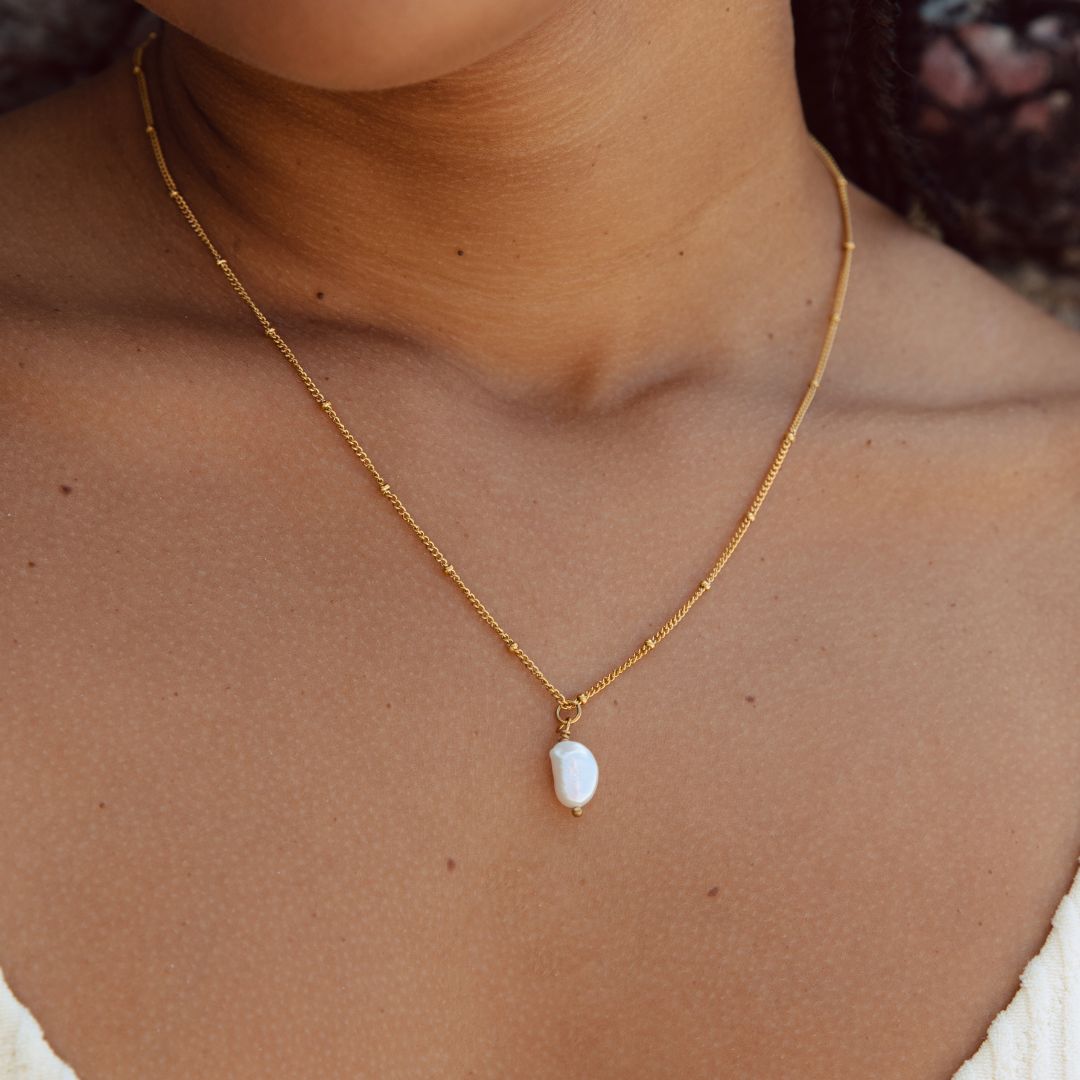



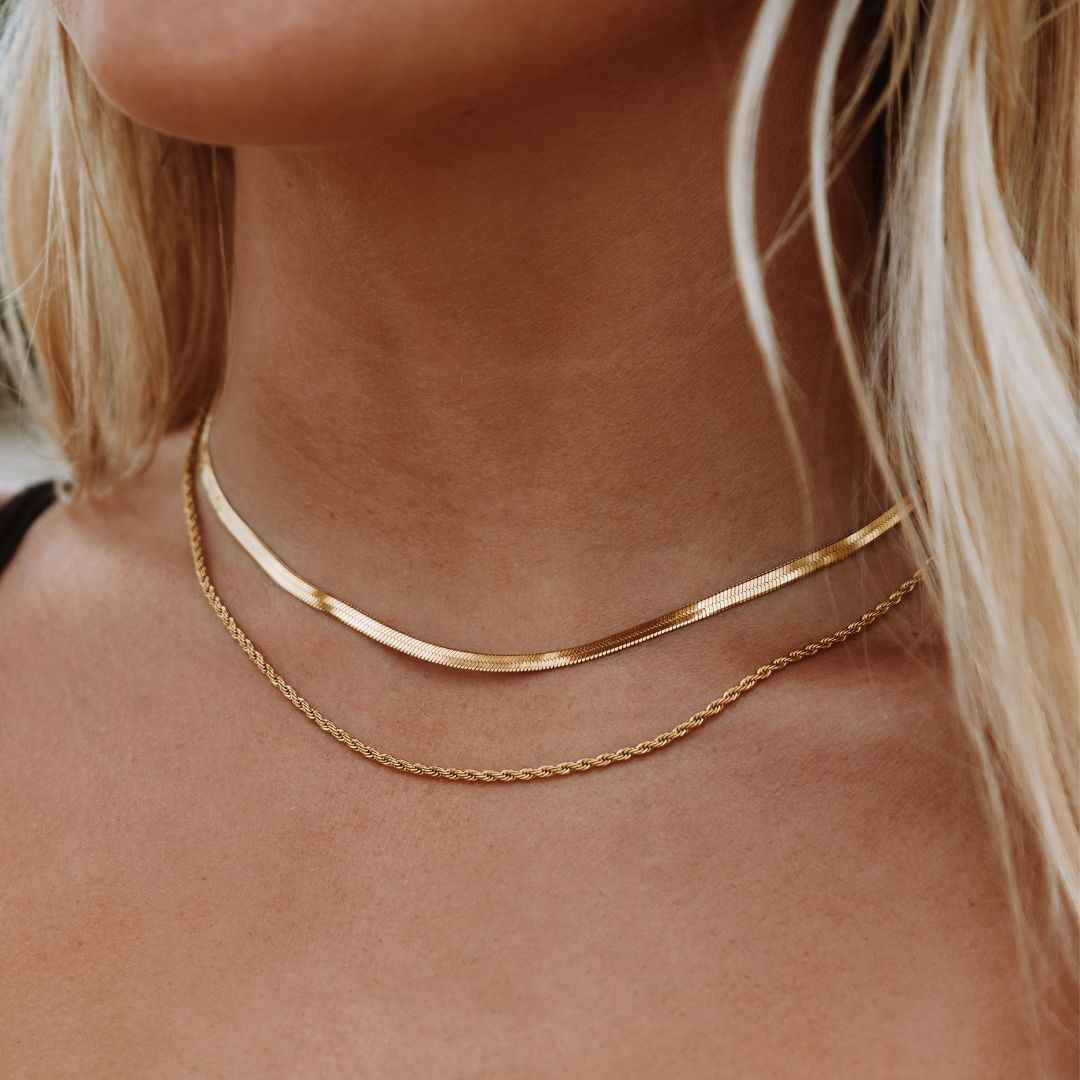

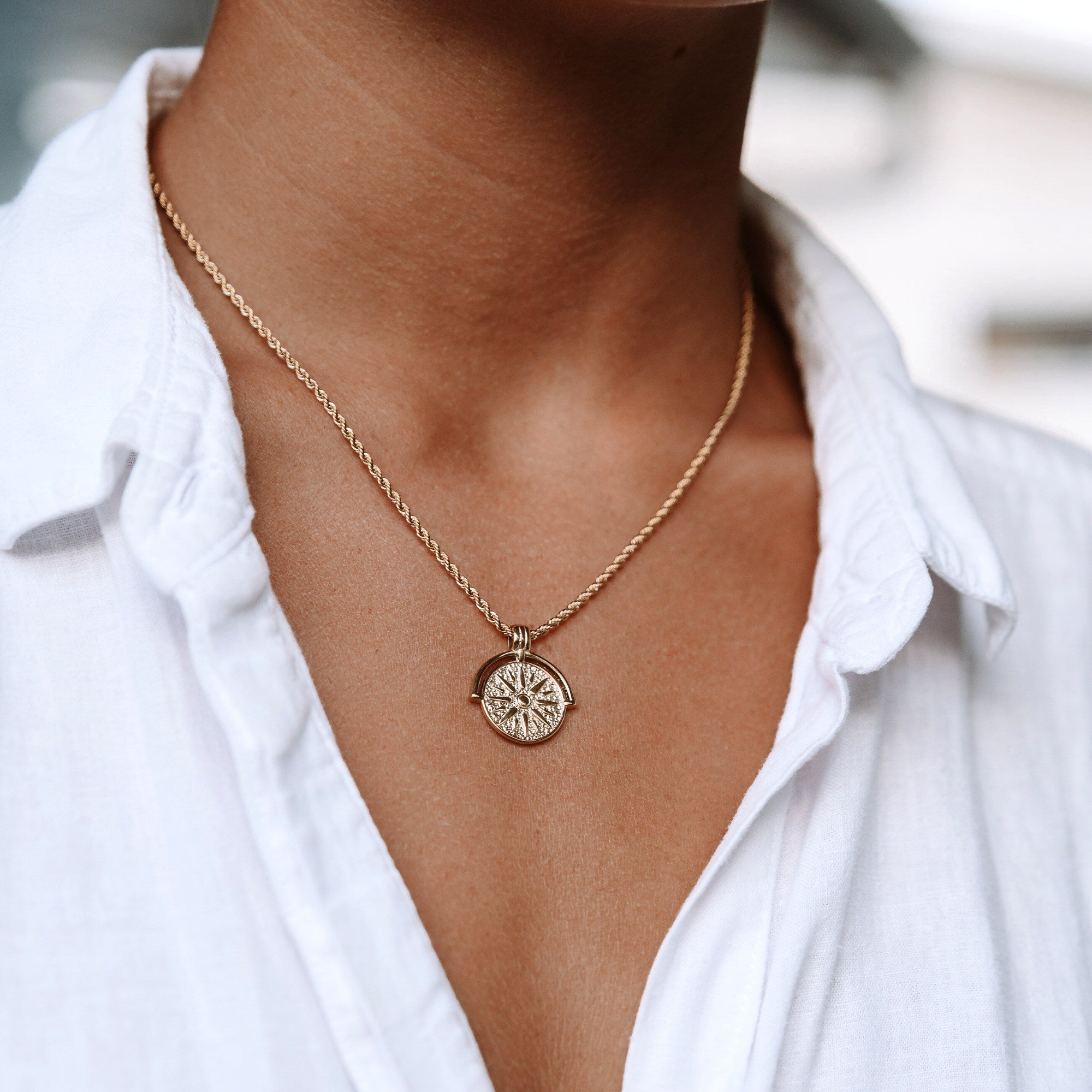


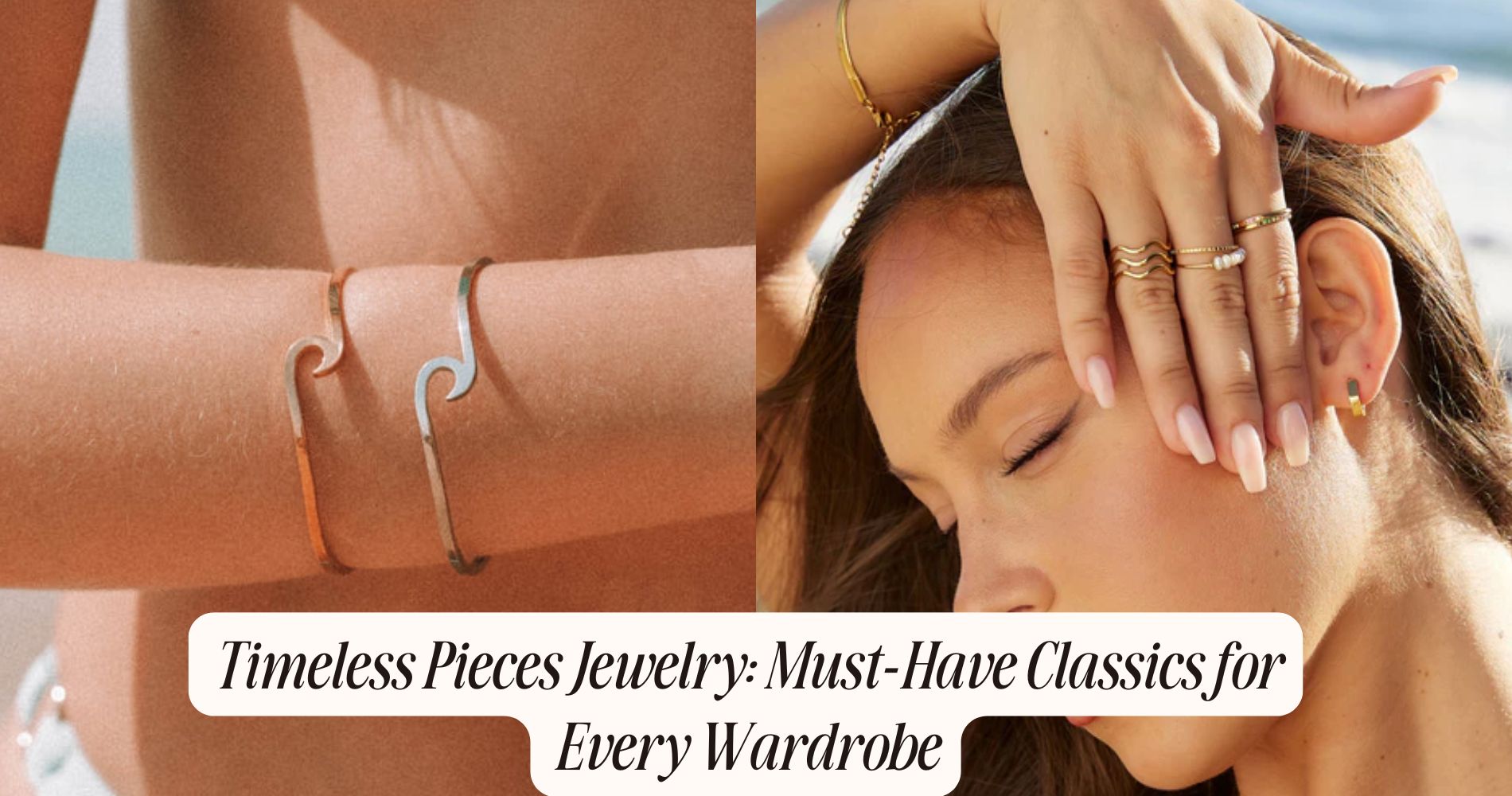




Leave a comment
This site is protected by hCaptcha and the hCaptcha Privacy Policy and Terms of Service apply.